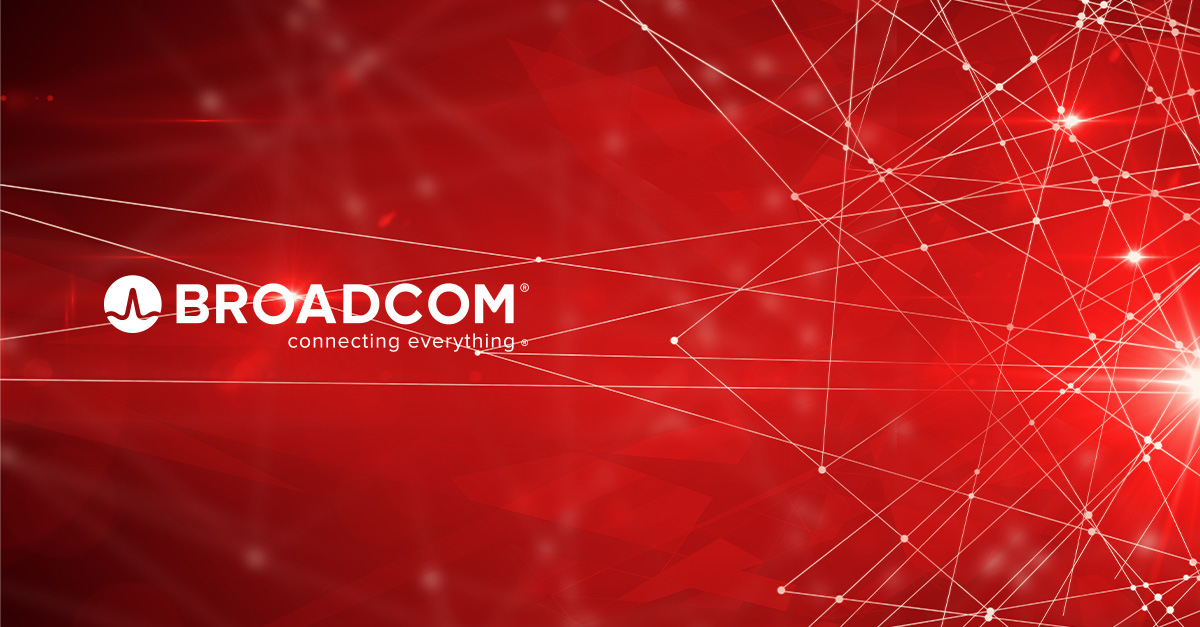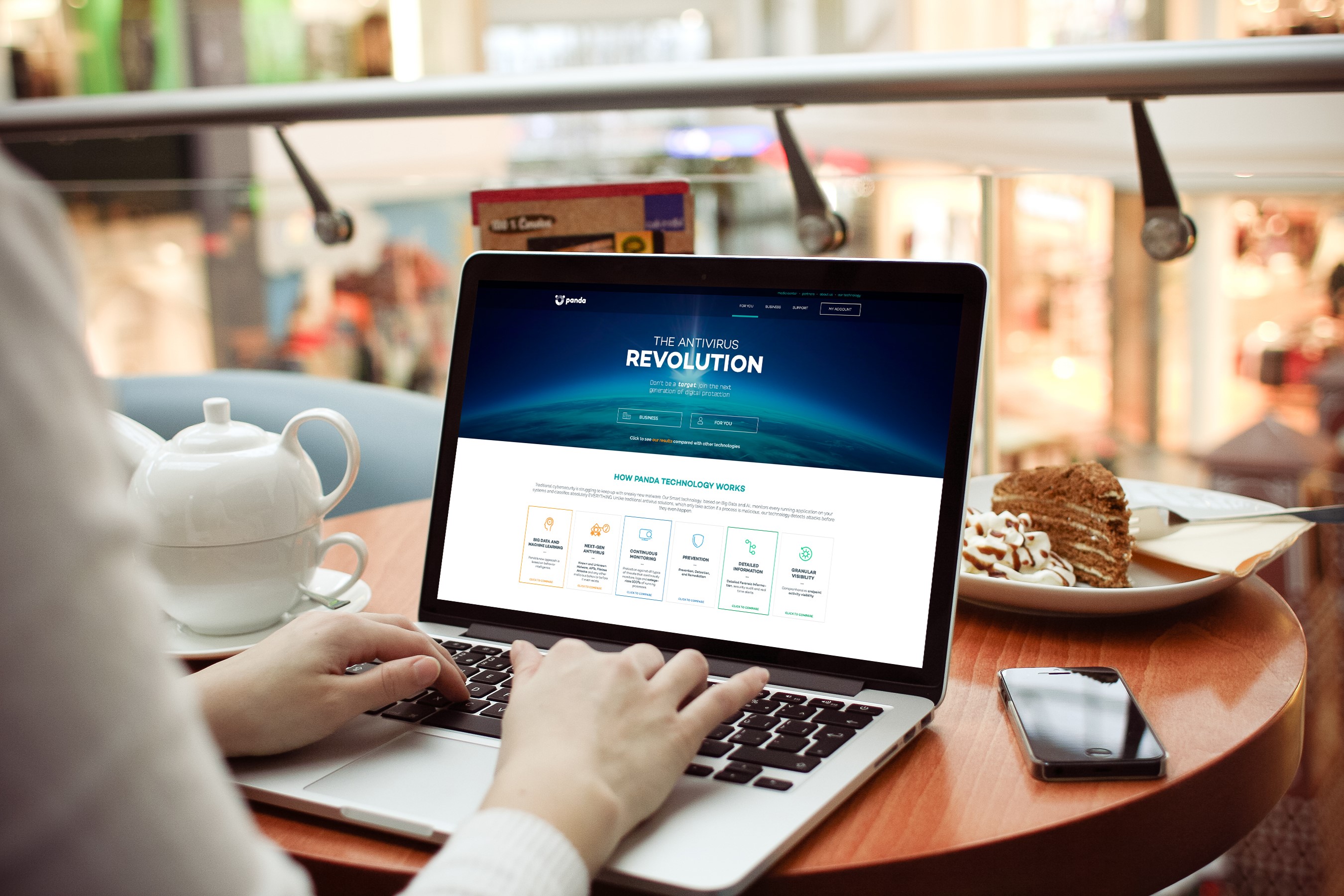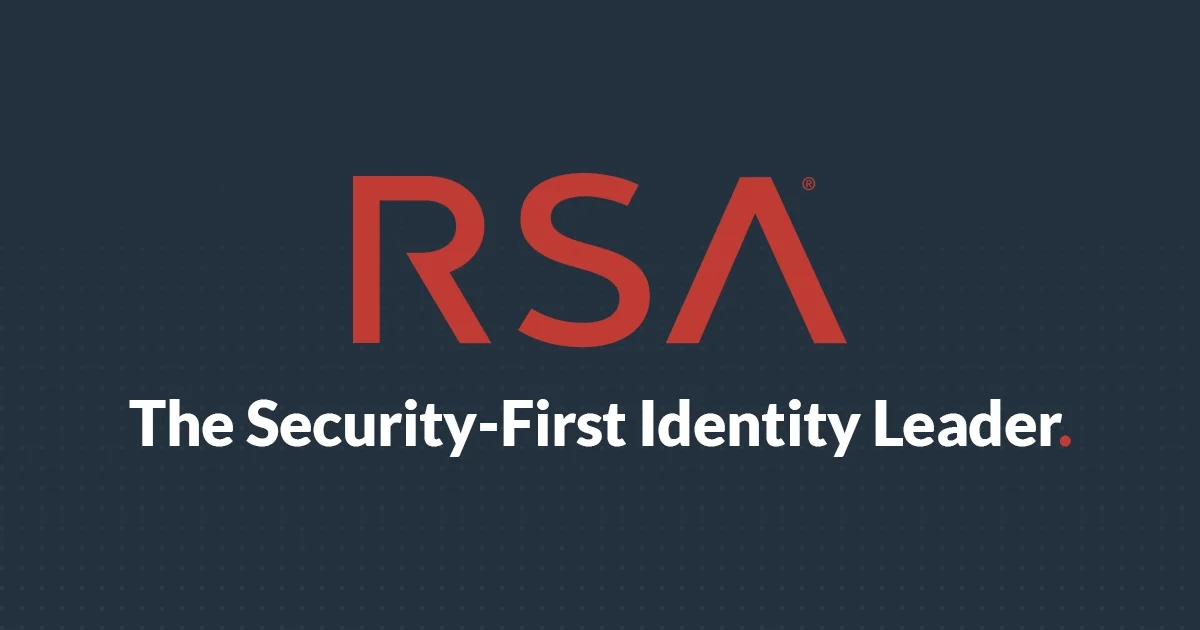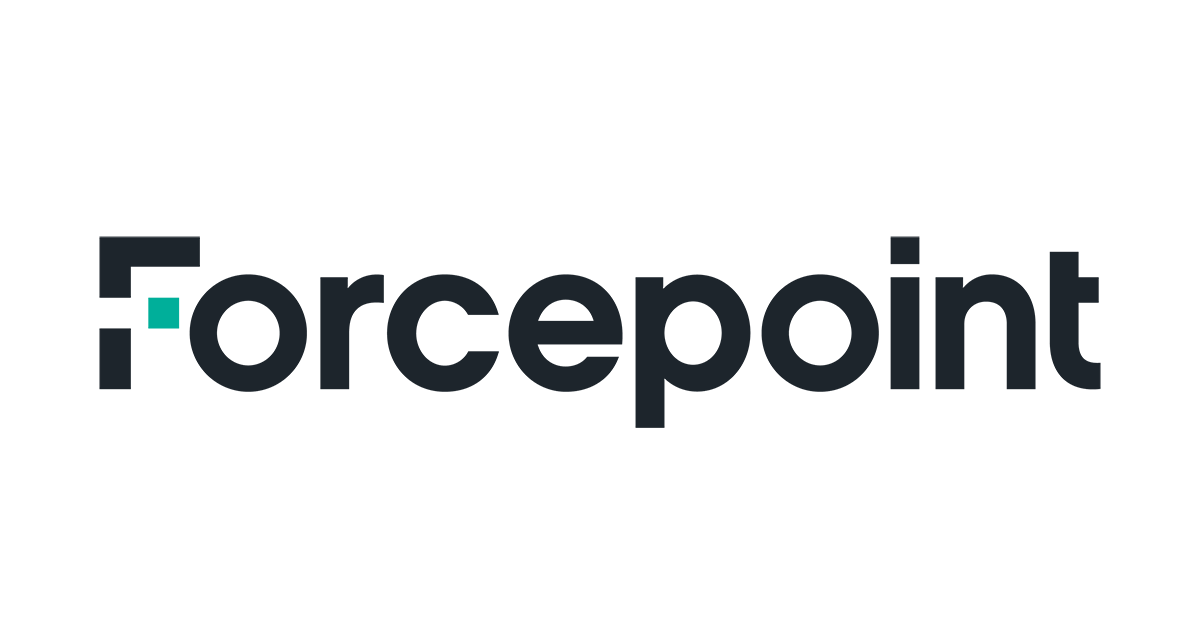Introduction
With the rise of remote work and cloud applications, data protection is more important than ever before. Data loss prevention (DLP) software helps organizations monitor, detect, and protect sensitive data across endpoint devices and applications. In this blog, we evaluate 15 of the top DLP vendors in the industry based on functionality, market presence and customer reviews.
Methods of Evaluation
To evaluate these DLP vendors, we considered their key features and integrations, number of customers, support for different deployment types, user reviews, analyst reports, marketing presence and online visibility factors like backlinks, traffic and keyword trends. This gave us a holistic view of each vendor beyond just their specifications on paper.
1. Symantec
Symantec Enterprise Cloud is a leading data loss prevention (DLP) software developed by Symantec, an American technology company established in 1982 in Cupertino, California. With over 35 years of experience in cybersecurity, Symantec has become one of the largest security software companies in the world, serving over 50,000 enterprise and government customers. Symantec DLP helps organizations prevent accidental or intentional data loss across multimedia channels like email, web, cloud applications, and endpoints.
Pros: The main advantages of Symantec DLP include: – Wide range of DLP capabilities like data identification, incident management, risk assessment, eDiscovery and governance reporting. – Large client base and expertise enabling continuous product improvements. – Supports various deployment options like on-premises, private/public cloud, and SaaS.
Cons: One potential disadvantage is that as a mature product, Symantec DLP may have a relatively high price point compared to some newer DLP vendors in the market.
Pricing: Symantec DLP pricing starts at around $5000 per year for the essentials edition and scales based on organizational requirements, volumes monitored, number of users etc. Volume-based discounts are available for large enterprise deployments.
Some key stats about Symantec DLP include: – Protected over 50,000 enterprise and government organizations globally. – Monitors over 1 trillion communications daily. – Has over 3,500 DLP templates for discovery and protection of sensitive data.
2. Broadcom
Broadcom’s Data Loss Prevention (DLP) software helps businesses prevent confidential data like PII, financial records, health records and intellectual property from accidentally leaking outside the organization. With over 15 years of experience in data security, Broadcom DLP takes a prevention-first approach to protect sensitive data across web, email, endpoints and cloud applications.
Pros: Some key advantages of Broadcom DLP include: Built on years of experience in data security, comprehensive integrated risk assessments across the extended attack surface, and support for a wide range of file types, applications and protocols including web, email, cloud, mobile and more.
Cons: A potential disadvantage is the upfront investment required for Broadcom’s DLP software which includes licensing, implementation and ongoing maintenance costs. However, the breadth of protection may outweigh this for large enterprises with stringent data security needs.
Pricing: Broadcom DLP pricing is based on the number of protected users and endpoints. Contact Broadcom sales for an exact quote tailored to your organization’s needs. Broadcom also offers free trials to test the software before making a purchase decision.
Broadcom DLP currently protects over 50 million endpoints worldwide. The software scans an average of 5 petabytes of data per day across 150+ file formats and protocols. It has identified over 10 billion incidents of sensitive data exposure to date.
3. Sophos DLP
Sophos DLP is data loss prevention software from Sophos, a global leader in cybersecurity. Sophos DLP leverages machine learning to detect and protect sensitive data across endpooints, servers, and cloud environments. It is ideal for companies looking to centrally manage and enforce data security policies across hybrid environments.
Pros: Key advantages of Sophos DLP include: centrally managed policies for consistent protection; seamless integration with Sophos endpoint and network security products; powerful detection of sensitive data using machine learning and semantic analysis; pre-built compliance templates reduce set up time; no additional hardware required and simple deployment.
Cons: One potential disadvantage is that advanced customization of policies and rules may require assistance from Sophos technical support teams.
Pricing: Sophos DLP is available as a subscription-based SaaS offering starting from $2 per user/month (for Endpoint DLP) with volume discounts available. Pricing includes unlimited support, product upgrades, and integration with the Sophos security stack.
Some key stats about Sophos DLP include: it supports over 45 file types and data identifiers out of the box; can monitor and protect data in transit, in use and at rest; analyzed over 1 trillion files daily across customer environments.
4. McAfee
McAfee is one of the leading providers of data loss prevention (DLP) software. For over 30 years, McAfee has helped organizations protect their sensitive data across endpoints, cloud, and network. Their flagship DLP solution, McAfee Data Loss Prevention, leverages machine learning and behavior analytics to identify and monitor sensitive data at scale.
Pros: Key advantages of McAfee DLP include its advanced analytics for identifying risks, strong compliance capabilities, and easy to use dashboards. The machine learning and behavioral analytics allow it to accurately identify sensitive data. It also has robust auditing and reporting features to help with a variety of compliance requirements. Administrators can easily setup policies and monitor activity through intuitive web-based dashboards.
Cons: One potential disadvantage is that the on-premises version requires more IT resources for setup and maintenance compared to a SaaS solution. However, McAfee does offer their DLP capabilities as a cloud-based service as well.
Pricing: Pricing for McAfee DLP depends on the edition, deployment type (on-premises vs cloud), number of servers/users, and additional modules. The Standard Edition starts at around $5 per user per year for cloud deployment. On-premises licenses begin around $25 per user. Volume discounts are also available for large deployments.
Some key stats about McAfee DLP include: supports over 500 file types out of the box for classification, monitors over 125 apps and protocols, identifies patterns in data movement through statistical analysis, and has a global network of over 50 data centers.
5. Fortinet
Fortinet is a global leader in broad, integrated and automated cybersecurity solutions. The Fortinet Data Loss Prevention (DLP) software is a core part of the Fortinet Security Fabric, which provides broad, integrated and automated protections across an organization’s entire digital attack surface. As an integrated component of the Fabric, Fortinet DLP benefits from single management, AI-powered threat intelligence sharing and automation across Fortinet’s solutions.
Pros: Key advantages of Fortinet DLP include its firewall and VPN integration, unified management through the Security Fabric, and strong support presence in the APAC region. Its tight integration into the Fortinet security stack provides comprehensive visibility and control of data across the entire attack surface.
Cons: As an integrated solution, Fortinet DLP may not be as customizable as some stand-alone DLP offerings. Customers looking for more flexible policy configurations or third-party integration may find other solutions give more flexibility.
Pricing: Fortinet DLP is available through annual subscriptions, including both on-premises appliances and cloud-delivered options starting at around $5 per user per year. Larger deployments and multi-year agreements may qualify for additional discounts.
Some key stats about Fortinet DLP include: supports over 500 predefined policies; monitors over 30 protocols and 1500+ applications; inspects 13 file types including emails, IMs, web uploads/downloads; monitors over 25 label types like credit cards, SSN and healthcare info.
6. Panda DLP
Panda DLP is a data loss prevention solution from Panda Security, a longtime provider of endpoint protection software. Panda DLP helps organizations discover, monitor, and protect sensitive data across network shares, endpoints, email, and cloud apps to prevent data breaches and comply with privacy regulations.
Pros: Key advantages of Panda DLP include: seamless integration with existing Panda Security endpoint solutions; cloud or on-premise deployment options provide flexibility; trusted vendor with over 30 years of cybersecurity experience; customizable detection and protection rules; easy to deploy agentless monitoring of data in use.
Cons: A potential disadvantage is that Panda DLP is targeted more towards mid-sized enterprises and may not scale for the needs of the very largest organizations with enormous datasets and compliance needs across many regions.
Pricing: Panda DLP pricing starts at $2 per user per month for the basic Data Protection plan, which supports monitoring and protection of data on endpoints and in cloud services. Pricing scales up based on additional deployment needs and options like eDiscovery, centralized management, and SIEM integration.
Some key stats about Panda DLP include: supports monitoring and protection of data stored locally or in cloud apps like Box, Dropbox, Google Drive; centrally managed with intuitive web-based console; customizable policies to fit specific compliance needs like HIPAA, PCI DSS, and GDPR; discovered over 5 billion sensitive files across customers.
7. F5 DLP
F5 DLP is a data loss prevention solution from networking and security leader F5. Leveraging over 20 years of experience in application delivery and deep network visibility, F5 DLP provides powerful capabilities to detect, monitor and protect sensitive data across hybrid environments.
Pros: Key advantages of F5 DLP include:
– Deep network inspection and controls from an established leader in application delivery
– Tight integration with other F5 security and visibility tools for a unified solution
– Capabilities to adapt policies across hybrid and multi-cloud environments
Cons: A potential disadvantage is that F5 DLP may be overkill for very small businesses with less complex networking requirements.
Pricing: F5 DLP pricing varies based on deployment size and needs. On-premises pricing starts at $50,000 for basic deployments. Cloud-based and managed security services are also available on a per-user or monthly subscription basis.
Some key stats about F5 DLP include:
– Monitors over 1 trillion daily transactions across 200+ countries
– Protects 50% of Fortune 100 companies
– Over 25 years of experience in network security and visibility
8. RSA Netwitness DLP
RSA NetWitness DLP is a data loss prevention software solution from cybersecurity leader RSA. As the security division of Dell Technologies, RSA brings decades of experience securing the world’s largest organizations to its DLP product. RSA NetWitness DLP monitors network traffic and endpoints to detect, classify, and prevent unauthorized transmission of sensitive data.
Pros: Key advantages of RSA NetWitness DLP include: – Leverages RSA’s network detection expertise for early discovery of exfiltration attempts. – Integrates user and entity behavior analytics (UEBA) for more accurate risk assessments. – Single management console for network, endpoint, and cloud-based DLP policies.
Cons: One potential disadvantage is a relatively higher cost compared to some other DLP solutions due to RSA’s position as an established security leader. Advanced capabilities do come at a higher price point.
Pricing: RSA NetWitness DLP pricing is customized based on organization size and specific requirements. Generally it is available as an annual subscription with starter kits starting around $5,000/year for smaller deployments.
Some key stats about RSA NetWitness DLP include: – Monitors over 150 different protocols and file types across network, email, and web channels. – Protects over 45 data types including PII, PHI, PCI, and intellectual property. – Deployed by over 6,500 enterprises and government agencies worldwide.
9. CA Technologies
CA Technologies is a global leader in digital transformation software and solutions with nearly $4 billion in annual revenue and more than 10,000 employees worldwide. One of CA Technologies’ key offerings is their CA DLP data loss prevention software.
Pros: Some key advantages of CA Technologies DLP software include:
– Centralized management interface for visibility and control across the enterprise
– Rich APIs for extensive customization and integration capabilities
– Ability to monitor and detect sensitive data across network, email, endpoints and cloud applications
– Out-of-the-box policies and classifiers to quickly address common compliance risks
Cons: One potential disadvantage is that as an enterprise-grade solution, CA Technologies DLP software requires significant infrastructure and resources to implement and manage fully across a large organization.
Pricing: Pricing for CA Technologies DLP software varies based on organizational size, infrastructure needs, and support/services included. Generally annual subscription costs start at $50,000 for smaller deployments and can scale upwards of $1 million+ for very large global enterprises.
Some key stats about CA Technologies DLP software include:
– Monitors and protects over 1 trillion documents daily across 15+ industries
– Trusted by over 95% of Fortune 500 companies
– Over 20 years of experience in data security and loss prevention
– Supports centralized management and visibility across all endpoints
10. Barracuda DLP
Barracuda DLP is a data loss prevention solution from Barracuda Networks, an industry leader in network security, application security, and data protection. Leveraging over 20 years of expertise in network monitoring and malicious traffic detection, Barracuda DLP continuously monitors email, web, networked and cloud applications to identify sensitive data and prevent unauthorized access and exfiltration.
Pros: Some key advantages of Barracuda DLP include:
– Leverages existing Barracuda data streams for early detection of sensitive data access and movement
– Seamlessly integrates with Barracuda email security, firewall, and web security defenses for a multi-layered protection approach
– Cloud-based deployment option allows for easy setup and central management without additional infrastructure
Cons: The main potential disadvantage is that as a fully-managed cloud solution, organizations have less control over how data is stored and accessed in Barracuda systems compared to an on-premise deployment.
Pricing: Barracuda DLP pricing is based on the number of monitored users. Starting plans begin at $4 per user per month for annual subscriptions.
Some key stats about Barracuda DLP include:
– Protects over 3.5 million data assets across 27,000 organizations globally
– Monitors over 10 billion emails per month
– Continuously learns new sensitive data patterns through machine learning
11. Tripwire DLP
Tripwire DLP is a data loss prevention software developed by Tripwire. It provides capabilities for data discovery, classification, monitoring and preventing data leaks across an organization. The software helps enterprises protect sensitive data and comply with data privacy regulations.
Pros: Some key advantages of Tripwire DLP include: 1) Vulnerability management, file integrity monitoring and DLP in one platform 2) Customizable remediation workflows and audit trails 3) Support for critical verticals like healthcare and government where data security and compliance are important.
Cons: One potential disadvantage is that the software may require tuning and customization to meet the unique needs and workflow of some organizations which requires some initial setup effort.
Pricing: Tripwire DLP is available in different editions and the pricing varies based on the edition, number of users/nodes, usage and requirements. Contact Tripwire sales team for a customized quote based on your business needs.
Some key stats about Tripwire DLP include: Proactively monitors over 500 file types and data patterns, Has protected over 750 organizations globally, Supports over 20 languages and character encodings, Discovers over 5 petabytes of data per day on average for customers.
12. Varonis DLP
Varonis is a pioneer in data security and analytics. Their flagship product is Varonis Data Security Platform that helps organizations protect data and better understand how it is being used. The platform monitors file activity, automates file classifications, and analyzes user behavior patterns to identify potential insider threats and data loss.
Pros: Some key advantages of Varonis DLP include:
– Focus on file monitoring, auditing and risk assessment to detect insider threats and accidental data loss.
– Identifies sensitive insider and outsider threats by integrating user and entity behavior analytics (UEBA).
– Contextual risk assessment through analytics of user behavior patterns and file access patterns.
Cons: One potential disadvantage is that it relies heavily on integration of metadata through various channels which could be challenging for some organizations to configure initially.
Pricing: Varonis offers flexible pricing based on number of users, systems and data stores to be monitored. It has solutions tailored for small businesses as well as large enterprises. On-premises licenses start from $5 per user per month and hosted/cloud versions from $7 per user per month with annual commitment.
Some key stats about Varonis DLP include:
– Protects over 15 billion files for over 7,000 organizations globally.
– Identifies risky behavior like excessive downloads, emailing files externally etc for 10 million users.
– Continuously monitors 500 million user sessions on average daily across client networks.
13. Veritas
Veritas is a leader in data management and data protection solutions. One of its flagship products is Veritas Data Loss Prevention (DLP), which helps organizations prevent sensitive data from unintended exposure and comply with data privacy regulations. DLP works by automatically discovering, monitoring, and protecting sensitive data across distributed file shares, endpoints, emails, databases, and other digital repositories.
Pros: Some key advantages of Veritas DLP include:
– Reliable data loss protection for years – Veritas DLP has a proven track record of reliably protecting enterprise data for many years.
– Policy-driven automation – DLP policies can be centrally defined and enforced for automated monitoring and protection of sensitive data.
– Robust controls over endpoints – Tight controls prevent data leakage from laptops, desktops, and mobile devices through encryption, web filtering, and port monitoring.
Cons: One potential disadvantage is that on-premise deployment and management requires dedicated IT resources and expertise. However, Veritas also offers cloud-based and managed service options to address this.
Pricing: Pricing for Veritas DLP varies based on deployment size and needs. On-premise licenses are available based on protected file servers and endpoints. Cloud options provide usage-based pricing. Professional services are available for design, implementation, and custom policy development.
Some key stats about Veritas DLP include:
– Protects data for over 5,000 global organizations
– Monitors over 150 file types and protocols
– Deployed on-premise, in the cloud, or as a hybrid solution
– Discovers and protects structured and unstructured data across the hybrid IT environment
14. Forcepoint
Forcepoint ONE is a leading data loss prevention (DLP) software offered by Forcepoint, a cybersecurity company based in Austin, Texas. Forcepoint ONE provides organizations with powerful and comprehensive DLP capabilities to protect sensitive data across cloud applications, networks and endpoints.
Pros: Some key advantages of Forcepoint ONE include: Powerful in protecting cloud apps data with pre-built connectors for major SaaS apps. High accuracy in detecting patterns in data movement through machine learning. Multiple policy configuration options such as content fingerprinting, regular expressions and metadata tagging.
Cons: One potential disadvantage is that complex custom policy configurations may require specialized training and skills.
Pricing: Pricing for Forcepoint ONE is based on the number of users to be protected and deployment type (on-premises or cloud-based). It offers yearly or multi-year subscription licensing. Contact Forcepoint or an authorized reseller for an exact quote tailored to your organization’s needs and requirements.
Some key facts about Forcepoint ONE include: Power to monitor over 500 cloud applications and services out of the box. Supports over 150 policy conditions and rules. Detected over 25 billion data events per day for customers. Deployable on-premises, in the cloud or in a hybrid environment.
15. Digital Guardian
Digital Guardian is an enterprise-grade data loss prevention (DLP) software created by Digital Guardian. Founded in 2003, Digital Guardian focuses exclusively on data protection and compliance solutions that safeguard sensitive data across hybrid environments.
Pros: Some key advantages of Digital Guardian include: – Protects data across hybrid environments like endpoints, network, cloud apps etc with a single agent. – Powerful machine learning models continuously learn new sensitive data types without rule updates. – Provides safe file sharing options within and outside the organization with watermarking and dynamic redaction.
Cons: A potential disadvantage is that as an enterprise-grade solution, Digital Guardian may be more expensive compared to some other mid-market DLP offerings.
Pricing: Digital Guardian pricing is based on the number of protected users. Starting pricing for up to 500 users is $36,000 per year. Larger deployments are customizable based on requirements with all-inclusive per user annual subscriptions.
Some key stats about Digital Guardian include: – Over 3,500 customers globally across industries like healthcare, financial services, and government. – Protects sensitive data for over 30 million users. – Leverages AI/ML models to detect and classify over 5,000 types of sensitive data.
Conclusion
Choosing the right DLP solution requires evaluating your specific compliance needs and security requirements. While larger vendors have more resources for R&D, some niche players specialize in certain verticals. Consider product demonstrations, trial versions and case studies from similar organizations to get a real-world picture of how each solution may fit your environment. With the right selection and implementation, a DLP platform can help secure your sensitive data for years to come.
















